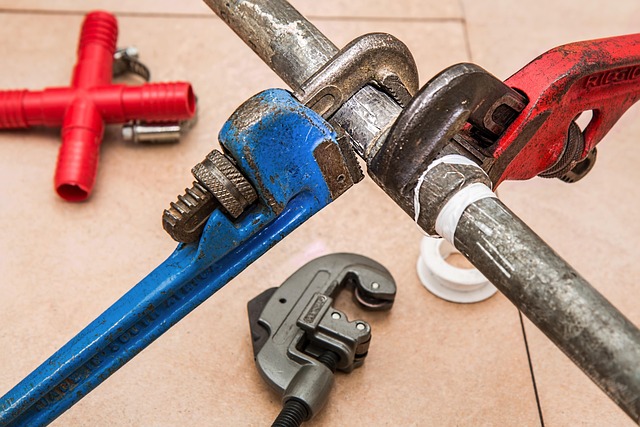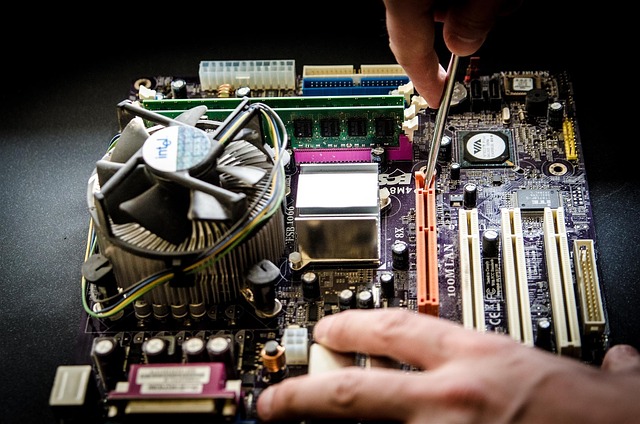Regular vehicle maintenance prevents transmission issues. Early signs include unusual gear shifting and noises. Advanced diagnostic tools pinpoint specific faults. Prompt repair avoids severe damage and costly repairs. Choose specialists with a proven track record using state-of-the-art equipment. Observe unusual noises, shifting problems, or fluid leaks for diagnosis. High-quality repairs use OEM parts and precise calibration. Obtain quotes from multiple reputable shops for cost estimation. Regular transmission maintenance prevents future issues through checks and timely repairs.
Need quick and reliable transmission repair? Understanding common issues and choosing the right shop is crucial. This guide covers everything from identifying problems to post-repair maintenance. Learn about efficient diagnosis, the repair process, cost estimation, and warranty coverage. Discover tips for effective transmission care to keep your vehicle running smoothly. Get the best Select Transmission Repairs today!
- Understanding Common Transmission Issues
- Choosing the Right Repair Shop
- Diagnosing the Problem Efficiently
- Repair Process and Replacement Parts
- Cost Estimation and Warranty Coverage
- Tips for Effective Maintenance Post-Repair
Understanding Common Transmission Issues

Many vehicle owners often overlook regular maintenance checks, which can lead to various transmission issues over time. Understanding common problems is the first step in ensuring prompt and efficient repairs. One of the earliest indicators could be a noticeable change in gear shifting—either delayed or abrupt—which might suggest worn-out clutches or syncro rings in automatic transmissions. These components play a crucial role in maintaining smooth power transfer from the engine to the wheels.
Another common complaint is transmission noise, ranging from grinding to whining. Such sounds often signal internal damage, such as worn gears or bearings. The transmission control module (TCM) is responsible for managing these components, so any malfunction can lead to performance issues. A thorough diagnosis involving advanced scanning tools can identify specific problems, whether it’s a simple fluid level issue or more complex repairs like a syncro transmission repair manual-guided overhaul. Prompt attention to these matters can prevent more severe and costly damage.
Choosing the Right Repair Shop

When it comes to selecting a transmission repair shop, it’s crucial to make an informed decision. Look for establishments that specialize in transmission repairs and have a proven track record of success. Reputable shops will employ skilled technicians who are well-versed in diagnosing and fixing various types of transmission issues, from clutch master cylinder problems to complex transaxle assembly replacements. This expertise ensures your vehicle receives the highest level of care.
Additionally, consider the shop’s reputation, customer reviews, and the availability of parts. Reliable repair shops should offer transparent pricing, provide automatic transmission maintenance tips, and have genuine or OEM parts readily available. Ensure they use state-of-the-art equipment for repairs to guarantee precision and efficiency in fixing your transmission issues promptly.
Diagnosing the Problem Efficiently

When dealing with transmission issues, efficient problem diagnosis is key to getting quick and effective repairs. The first step involves gathering all relevant information about your vehicle’s behavior. Look out for any unusual noises, shifting problems, or fluid leaks that might point to a specific problem. Modern vehicles often provide diagnostic trouble codes (DTCs) via on-board computers, which can be read by advanced scanners, offering precise insights into the transmission’s health.
Selecting Transmission Repairs involves careful consideration. For high-mileage transmissions or those in vehicles with complex automatic systems, it’s advisable to consult top-rated transmission shops nearby that have experience with such models. Choosing a qualified mechanic who specializes in these services ensures accurate diagnoses and effective repairs, often within a reasonable timeframe. This proactive approach can save you from costly and time-consuming misdiagnoses, ensuring your vehicle returns to peak performance promptly.
Repair Process and Replacement Parts

When selecting transmission repairs, it’s crucial to understand both the repair process and the quality of replacement parts. The repair process typically begins with a thorough inspection to identify the issue. This involves checking for leaks in the transmission cooling system troubleshooting, wear and tear on internal components, and damage to seals and gaskets. Once the problem is pinpointed, technicians can either fix or replace faulty parts. For instance, a manual transmission conversion kit can be utilized to convert an automatic to manual, offering a cost-effective solution for some issues.
High-quality replacement parts are integral to ensuring long-lasting repairs. Original Equipment Manufacturer (OEM) parts are preferred as they match the exact specifications of your vehicle. Aftermarket parts, while sometimes more affordable, may not offer the same level of compatibility and reliability. Electronic transmission controls, for example, require precise calibration during installation to ensure smooth operation and prevent future issues.
Cost Estimation and Warranty Coverage

When considering select transmission repairs, understanding cost estimation is paramount. The price can vary significantly depending on several factors, including the make and model of your vehicle, the type of transmission issue (e.g., fluid leak repair or a complete overhaul), and whether you’re dealing with a specialized 4×4 transmission problem. It’s important to get quotes from multiple reputable shops to ensure you’re getting a fair price.
Warranty coverage also plays a crucial role in mitigating potential costs. Many transmission repairs come with some form of warranty, offering peace of mind and financial protection. Always inquire about warranty details when choosing a repair service. This is especially important for automatic transmission maintenance tips, as regular servicing can prevent costly future issues. Remember, transparent communication with mechanics regarding prices and warranties will help you make an informed decision when selecting the right transmission repair services.
Tips for Effective Maintenance Post-Repair

After selecting a reliable transmission repair service, it’s crucial to maintain your vehicle properly to prevent future issues. Regular checks and maintenance can significantly extend the life of your transmission. One of the first steps is to ensure timely transmission fluid changes as per the manufacturer’s recommendations. This not only improves performance but also prevents internal damage.
Additionally, listen for any unusual transmission noise during driving, as it could be an early indicator of a problem. Utilise car transmission diagnostic tools to monitor the system’s health and address issues promptly. Remember, regular maintenance, including timely repairs and fluid changes, is key to keeping your transmission in top shape, ensuring a smooth ride for years to come.
When it comes to selecting transmission repairs, efficient diagnosis and a well-structured repair process are key. By choosing the right shop, you can ensure your vehicle receives expert care using high-quality replacement parts. Remember to discuss cost estimates and warranty coverage before finalizing any work. Post-repair, regular maintenance tips will help extend the life of your transmission, ensuring smooth drives ahead.
